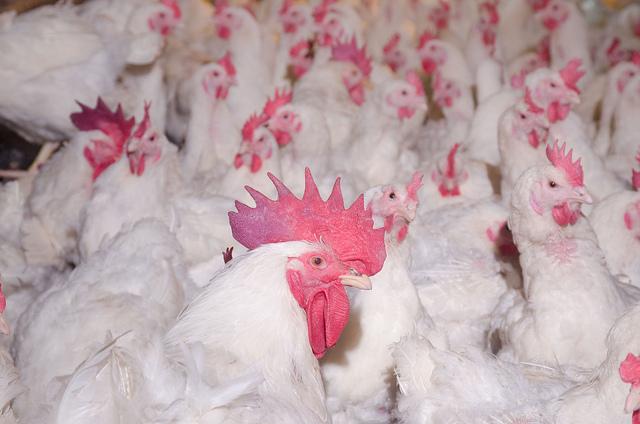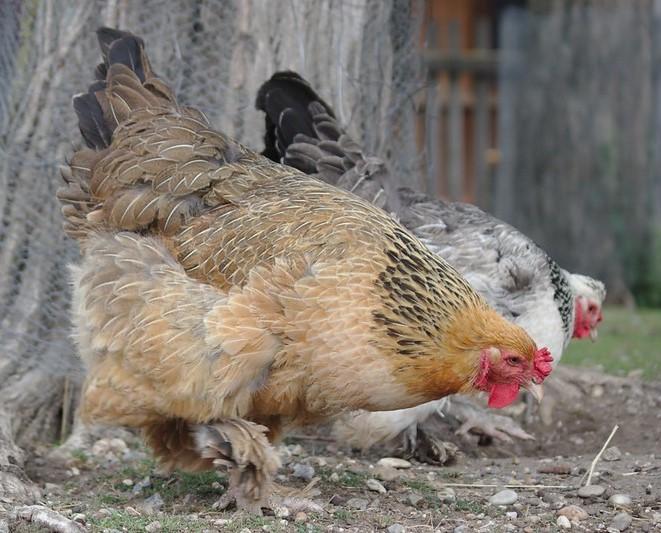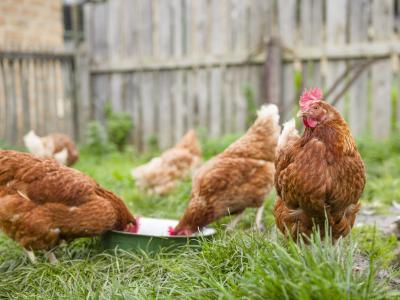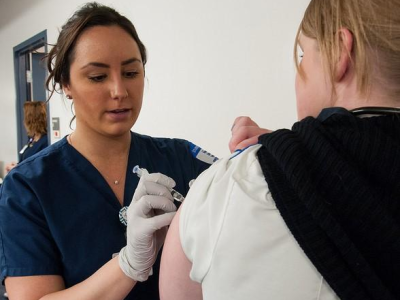Three countries reported new polio cases this week, according to the latest update from the Global Polio Eradication Initiative (GPEI).
In Pakistan, one wild poliovirus type 1 (WPV1) case was reported Kyhber Pakhtunkhwa province, with onset of paralysis occurring on November 9. The case brings Pakistan's 2024 case count to 68.
Newly-reported polio cases in Nigeria and Indonesia were both caused by circulating vaccine-derived poliovirus type 2 (cVDPV2). In Nigeria, three cVDPV2 cases with onset of paralysis in late October were reported in Kebbi and Kano provinces, bringing the country's 2024 total to 93 cases. In Indonesia, a cVDPV2 case with paralysis onset on May 15 was reported in Maluku Utara province, bringing the country's 2024 total to 7.
Meanwhile, the United Kingdom reported another cVDPV2-positive environmental sample, which was collected on December 15. In late 2024, the country reported similar wastewater detections in samples collected in November from London, Leeds, and East Worthing.
In 2022, cVDPV2 detections in 19 London sewage samples prompted UK health officials to offer a booster dose of inactivated polio vaccine to children ages 1 through 9 in all London boroughs.
















